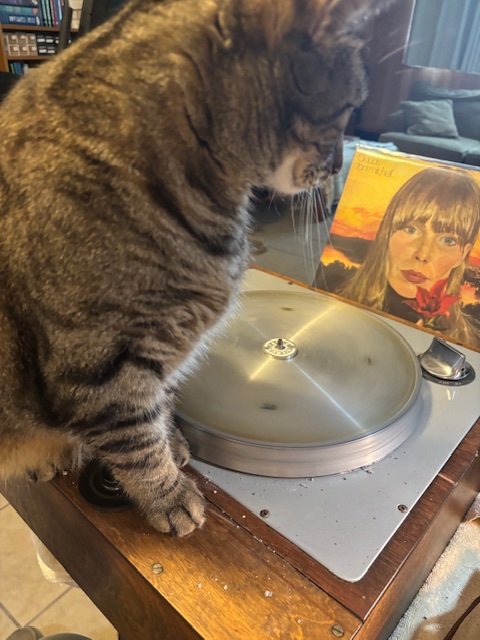p.s. - Martin, can you expound on the thought process behind offering NOS mode on Yggy+, esp. when your upsampler is so darned good?
Easy: Because, why not?!
We like flavors, and we like to give people options.
And? how could it sound "different"? Enquiring minds want to know, @ArmchairPhilosopher !
It sounds different because the bits the DAC "sees" are different. Sort of.
The D-to-A chip can process samples much faster than at just 44.1k or even 192k. To make use of that ability, you can upsample your stream before you forward it to the D-to-A chip, either at the source (by using the upsampler in Roon, for example), by using one that's built into the DAC that processes the incoming signal before it gets forwarded to the D-to-A (which is what we do, because it gives us full control over what's happening with your music, and because it allows us to upsample to higher rates than your interconnect technology of choice would otherwise allow for), or by using D-to-A chips that have integrated upsamplers (which is what most of the DACs on the market do.)
An upsampler essentially calculates new samples to fill in the gaps between the existing audio samples. Somewhat oversimplified, you could think of it as "smoothing the signal to get rid of stair steps in the analog output."
But I don't really want to describe the non-upsampled output you would get as "stair steps" because there's still more (analog) filtering and just plain old physics going on that leads to the output signal to not actually look like one of those clean stair step patterns that you might know from the usual graphs that talk about this, and I don't actually want to call what the upsampler is doing "smoothing" because that sounds like you'd be losing detail, which is not at all the case (with a good upsampler.)
It's simply an algorithm-based way of interpolating between two samples by using the info contained in a certain number of samples before and after the two you're interpolating between. Kind of sort of like calculating a spline based on a number of control points. Kinda-ish.
It's not magic, it's not smoothing away detail that is contained in the original signal (ours doesn't, anyway), and it's not creating detail out of thin air, either.
There are different ways to go about this, which is why no two filters really sound the same. We think that our upsampling process sounds and measures pretty darn good, and that's why it's on by default.
That, in a nutshell, is why it sounds different. But does one sound "better" than the other? Well, that depends. It depends on what's happening to the analog signal downstream (inside of your DAC, but also later in the chain), it depends on the physicalities of your speakers, your room, and your ears, and it depends on your personal taste. Some "stair stepping" might actually create some subtle high(er)-frequency phase effects that could make what you hear appear to sound slightly "bigger" or a tiny bit more "holographic" — but they might just as well create the exact opposite effect by cancelling out detail you'd otherwise have, or create high-frequency noise you might not actually consciously perceive but still end up feeling distracted or fatigued by. (For example, but not limited to, due to distortions stemming from your tweeters trying to overcome their own inertia when attempting to "draw" that stair-step-ish pattern that they are being asked to reproduce into the air, which is much less of a problem if they're allowed to move along a smoother curve without being "asked" to change their direction a bit every few microseconds.)
That's why we think that flavors and options are a nice thing to have.


























 Maybe? I always thought it was the "texture" of the sound of those instruments, that kind of vibrato(?) that they both have.
Maybe? I always thought it was the "texture" of the sound of those instruments, that kind of vibrato(?) that they both have.







![20250401_112537[1].jpg 20250401_112537[1].jpg](https://cdn.head-fi.org/a/12687264.jpg)
